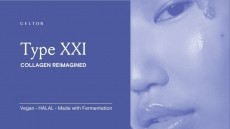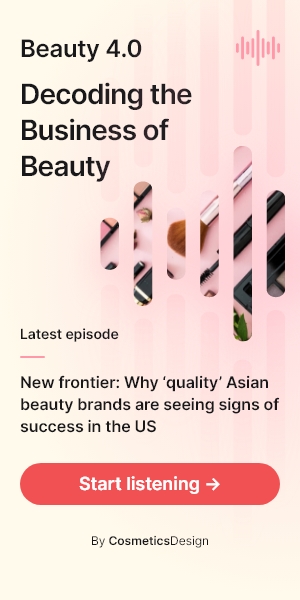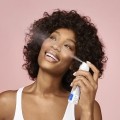Women adopt a ‘spend money to save money’ mentality boosting prestige hair care

According to market researcher Mintel, the women’s hair care market’s is seeing consistent thanks to the essential hygiene nature of products such as shampoo.
And according to the firm’s Senior Beauty and Personal Care Analyst, Charlotte Libby, consumers are now demanding more quality from their products, meaning appearance-driven NPD is also driving the market.
“The prestige segment of the women’s hair care market is the primary driver of growth, as women are willing to spend money on perceived better quality products,” she says.
“The growth in online retailers in particular is facilitating a move to more expensive products, as women use price comparison sites to find luxury products at reduced prices, sparking a ‘spend money to save money’ mentality.”
Internal impact over product
However, although there is a trend towards quality, and women are no doubt trading up to products with premium price points, it seems that they do not view products as having the biggest impact on hair appearance; rather health and wellness.
Mintel’s research shows that 57% of UK women agreed that health, for example hormone levels, have a big impact in determining the appearance of hair, whilst the same amount said the same of diet, for example the consumption of fruit or vegetables or drinking enough water.
In comparison, only a third agreed that the quality of ingredients found in hair care products had an important impact.
“Innovation in hair treatment claims can appeal to women looking to counteract and repair the effects of poor diet on the hair,” adds Charlotte.
Down to the data
Backing up the claim that women are trading up, Mintel’s data shows that sales of prestige hair care products has risen by 6% from £380 million (€515m) in 2013 to £403 million (€546m) in 2014.
This has followed an increase in prestige product innovation with the proportion of new product launches with a prestige price point increasing to 29% in 2014 from 18% in 2013.
Overall, the women’s hair care market in the UK rose 2% in 2014 to £1.44 billion, up from £1.41 billion in 2013.
When it comes to price point, 44% of users of hair treatments or masks typically use a prestige product, while hairspray is the product most likely to be a budget buy with almost one in five typically choosing a budget product.














